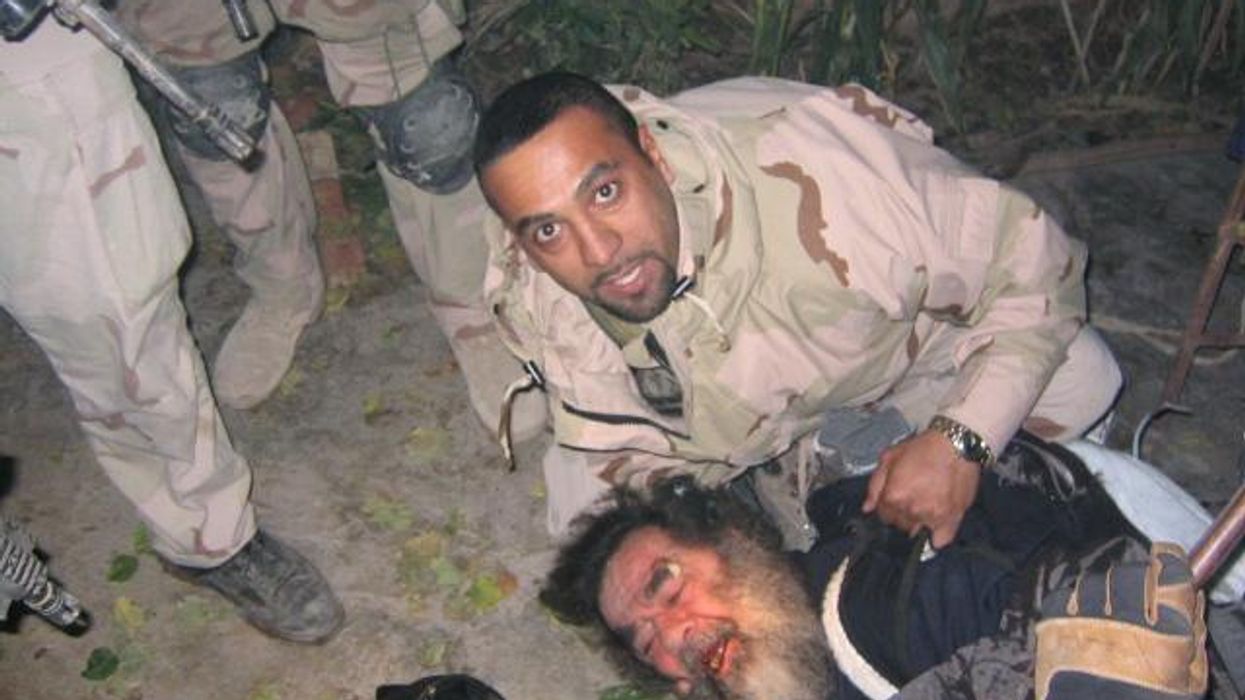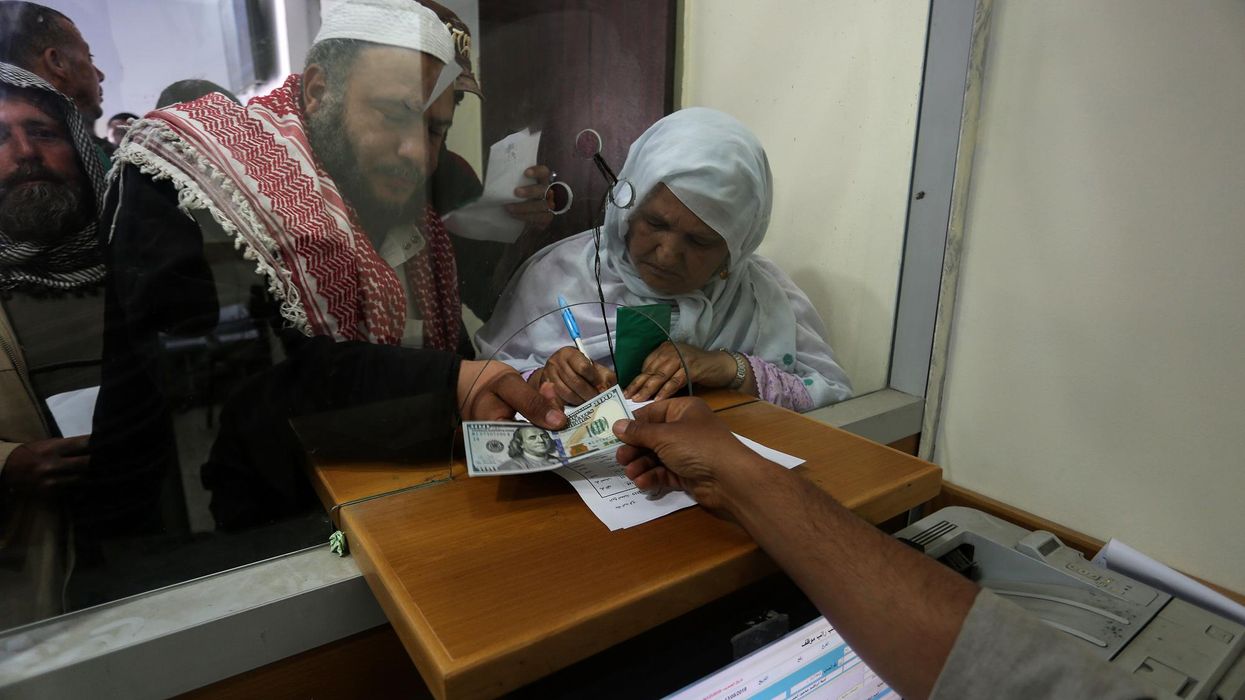In an online talk with Washington Post opinion writer Jonathon Capehart today, Senator Bob Menendez (D-N.J.) gave an update on the status of his Defending Ukraine Sovereignty Act of 2022, or as he's calling it, the “Mother of All Sanctions” bill.
His bill would place broad sanctions on Russian banks, state-owned enterprises, energy firms, and the Nord Stream 2 pipeline if the Biden administration deems that Russia is engaged in a significant escalation of hostilities in Ukraine. Menendez who is chairman of the Senate Foreign Relations Committee, says the Senate is still in the middle of “intensive negotiations,” and that “there are a few items that we are trying to meet the challenge of finding a pathway forward to reconcile different views.”
But he was blunt about the goal of the measure, which he distinguished from previous sanctions bills: “they would be devastating to the Russian economy,” adding that “every Russian would feel it at the end of the day.”
Last week, the Biden administration announced that it would no longer use the word “imminent” when describing Russia’s invasion of Ukraine. Menendez didn’t seem as convinced, though he chose his words wisely: “When you see the back-up resources that Putin has amassed along the Ukrainian border…all indications would suggest that he can invade and would be ready to do so.”
Menendez also shared that he had dinner with German Chancellor Olaf Scholz last night, along with several key senators, and is “convinced that the German chancellor is in lockstep with the United States.” However, Scholz himself has not been as explicit, specifically skirting the Nord Stream 2 pipeline issue, which the Ukraine lobby — led by the Ukraine Federation of the Employers of the Oil and Gas Industry — has tied directly to Ukrainian security. To date, Scholz has refused to publicly declare the Nord Stream 2 gas pipeline dead if Russia invades Ukraine.
















